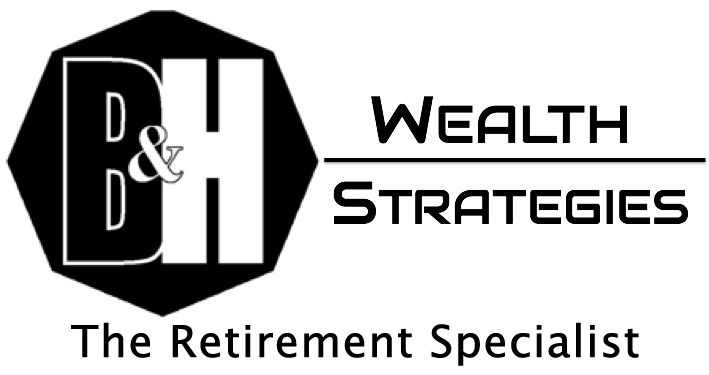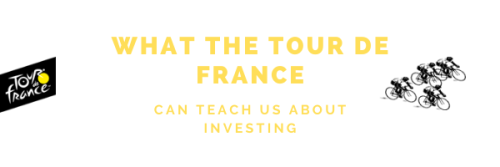This month, the 108th edition of one of the world’s biggest sporting events reached it’s conclusion. “Viva le Tour!”
As many of you know, I took up road cycling about three years ago, and have been struck by the similarities between cycling and investment management.
So What Are the Similarities between the Tour de France and investing?
It’s all about the team. Cycling is not an individual sport and neither is investment management.
The best teams are made up of a combination of different specialists who can win different stages of the race for the team as well as help the team leader maintain the team’s position in rankings.
Cycling teams are made up of specialists referred to as time trialists, climbers, sprinters, and domestiques. They are all integral to the success of the team, and no single cyclist – no matter how good – can win the Tour de France by themselves.
Portfolios are made up of stocks, bonds, real estate, and natural resources. Stocks will be the engines of growth, but when markets turn down, bonds and cash will be the brakes to slow your portfolio’s decline.
The Tour isn’t won in a day.
While the first day or two of the Tour are important, it rarely determines who will win.
Similarly, in investing, market performance over the short term is less important than what happens over the long-term.
Being first is not always the goal.
For some racers, winning a stage is the main aim. But, for various contenders, winning stages is less important than coming in the top three or four in most stages and ultimately winning the Tour.
Likewise, investors should focus on the main game, which for most is retirement. Having a good week or year is nice, but it is better to perform well across many years rather than one good year followed by three or four bad years.
There may be sacrifices.
To help achieve this, individual race team members will need to sacrifice their own stage win to ensure the leader maintains their position.
In investing, some asset managers take the approach that they may miss out on some absolute top returns, but that they will also miss out the full depths of a downturn – giving investors a “smoother ride”. Minimizing downside risk is just as important as maximizing returns.
There will be pain.
Aching muscles, sore joints, bruises and scrapes…sometimes even broken bones. These are all part of road cycling. If you go into cycling hoping to avoid pain, you’re not going very far.
In many ways, the same applies to investing. There are no returns without risks. The level of risk is up to each individual investor, but you do need to be prepared for some downturns.
In cycling terms, this is time to grit your teeth and keep going. Giving up, selling out halfway through, could mean missing out on the gains in the end.
Being a good investor, like cycling, isn’t easy. It requires patience, determination, discipline, and trust in your team.
Jeff

